Delivery & Installation Across India | Up to 3 Years Product Warranty | 12,000+ Happy Customers | 600+ Projects Delivered | Product Lifetime Support
Delivery & Installation Across India | Up to 3 Years Product Warranty | 12,000+ Happy Customers | 600+ Projects Delivered | Product Lifetime Support
From Rs. 3,00,000 Onwards
Essential details
| Modle | MWE950 | |||
| Size | Screen Size | 65″ 70″ 75″ 84″ | ||
| Size | W:4500mm,H:1400mm,D:70mm | |||
| Display Scale | 16:9 | |||
| Brightness | 450cd/m2 | |||
| Contrast ratio | 4000:1 | |||
| Backlight Type | LED | |||
| Maximum Viewing Angle | 89/89/89/89 (Min.)(CR≥10) | |||
| LCD Physical Resolution | 1920(H)x1080(V) | |||
| Video Format | PAL/SECAM | |||
| Sound Output Power | 2x30W | |||
| TV Mainboard | Input | RF(TV) | 1 | |
| HDMI | 2 | |||
| VGA | 2 | |||
| VGA Audio | 2 | |||
| Multimedia(USB) | 1 | |||
| YPbPr(MINI) | 1 | |||
| AV
(yellow, white and red) |
1 | |||
| S-Video | 1 | |||
| Microphone Interface | 1 | |||
| Output | USB | 1 | ||
| VGA Output | 1 | |||
| Headphone Output | 1 | |||
| AV Output | 1 | |||
| Coaxial Output | 1 | |||
| Lower Interface | HDMI | 1 | ||
| USB | 2 | |||
| USB Touch | 1 | |||
| NFC | 1 | |||
| Top Interface | AC_IN | 1 | ||
| RS232 | 1 | |||
| USB2.0 | 1 | |||
| USB3.0 | 1 | |||
| USB Upgrade Interface | 1 | |||
| Campus Broadcasting | 1 | |||
| Port Configuration | USB Formats | Video formats supported:MPEG1, MPEG2, MPEG4, H264, RM, RMVB, MOV, MJPEG, VC1, DIVX, FLV Audio formats supported:WMA, MP3, M4A, AAC Supported:JPG, BMP, PNG | ||
| NFC Card | NFC encryption. | |||
| Sloting card to start up the machine. | ||||
| Campus Broadcasting | Support RCA campus broadcast. (Broadcast channel takes priority.) | |||
| Centralized Control System | It has the remote shutdown command tool and ringing function. It can push text and image and switch the signal channel uniformly. | |||
| Display Platform | Folding high-definition digital camera, 5 million pixels, automatic focusing. | |||
| Wireless Router | Automatically generate WIFI hotspots | |||
| Front Button | 8-key press (7 keys for TV and 1 key for PC). | |||
| It can shut down and restart the PC and TV with one key. To use switch separately can be available. | ||||
| Adjusting the backlight to save energy. | ||||
| The main power switch is located at the lower edge of the machine. | ||||
| CPU(optional) | i3 i5 i7 | |||
| Capacity | DDR3 1333 4G | |||
| Hard Disk (optional) | 500G SATAII 2.5-inch HDD | |||
| 256G 2.5-inch SSD | ||||
| Operating System | Windows Operating System | |||
| Graphics | Integrated | |||
| Sound card | Integrated | |||
| Wireless Keyboard/Mouse | Optional | |||
| WIFI | Optional | |||
| Bluetooth | Scalable | |||
| USB 2.0 | 4 | |||
| USB 3.0 | 2 | |||
| Headphone Output | 1 | |||
| MIC | 1 | |||
| VGA Output | 1 | |||
| HDMI | 1 | |||
| RJ-45 | 1 | |||
| Other Feature | Power Consumption | ≤260W | ||
| Standby Power Consumption | ≤0.5W | |||
| Lifetime | 50000 hours | |||
| Power | 100-240V, 50/60Hz | |||
| Wall Mounts | Equipped | |||
| Touch Screen | Touch Technology | Capacitive screen | ||
| Touch Type | 10 points | |||
| Drive Mode | HID(without drivers) | |||
| Surface Material | 5MM physical tempered glass (7 anti-glare is optional) | |||
| Respose Mode | Fingers, capacitive pens | |||
| Communication Port | USB 2.0 | |||
| Sampling Rate | ≥120Hz | |||
| Touch Error | ≤2mm | |||
| Coordinate Output | 32768(W)×32768(D) | |||
| Calibration | Without calibration(Support WIN7 and manufacturers support calibration system) | |||
| Power Supply | USB 5.0V powered directly | |||
| Operating System | Windows, Linux, Android | |||
Certainly! Here are 20 frequently asked questions (FAQs) related to commercial displays:
Commercial displays are screens used for advertising and information purposes in public spaces like stores, airports, and stadiums.
Commercial displays can attract attention, enhance brand visibility, deliver targeted messages, and engage customers, ultimately boosting sales and brand awareness.
Common types of commercial displays include digital signage, video walls, interactive kiosks, outdoor LED displays, and transparent displays.
Consider viewing distance, available space, content requirements, and audience engagement when choosing the appropriate size for your commercial display.
Key features to consider include display resolution, brightness, contrast ratio, durability, connectivity options, and software compatibility for content management.
Yes, commercial displays are available for both indoor and outdoor settings, with specific models designed to withstand environmental conditions and provide optimal visibility.
Yes, commercial displays are designed to handle high-traffic areas and can withstand continuous operation and heavy usage without compromising performance.
To ensure engaging and effective content, consider using eye-catching visuals, concise messaging, relevant information, dynamic elements, and audience targeting.
Yes, commercial displays support dynamic and interactive content such as videos, animations, touchscreens, and interactive applications for engaging user experiences.
Yes, regulations and restrictions regarding commercial displays vary by location and may involve permits, content restrictions, size limitations, or zoning requirements.
Installation typically involves mounting the display securely, connecting necessary cables, configuring settings, and utilizing software for content management and scheduling.
Regular maintenance includes cleaning the display, checking for hardware issues, updating software, and ensuring proper ventilation and temperature control.
Yes, many commercial displays offer remote content management systems that allow you to update and schedule content from a central location.
Yes, commercial displays have energy-saving features like automatic brightness adjustment and power management options to optimize energy efficiency.
Yes, commercial displays can be integrated with other systems like point-of-sale (POS) or customer relationship management (CRM) systems for seamless data synchronization and display integration.
Common connectivity options for commercial displays include HDMI, DisplayPort, USB, Ethernet, Wi-Fi, and Bluetooth, enabling versatile connectivity and integration capabilities.
Yes, commercial displays with features like video walls or split-screen functionality can display multiple types of content simultaneously for enhanced versatility.
To ensure longevity and durability, choose displays with robust build quality, proper ventilation, suitable environmental ratings, and follow manufacturer-recommended maintenance practices.
Commercial displays typically come with manufacturer warranties that vary in duration and coverage. Additional support options like extended warranties and service agreements may be available for purchase.
Measure effectiveness by tracking metrics like foot traffic, engagement, sales data, customer feedback, and compare it against the display investment and objectives.
These FAQs can serve as a starting point for creating a comprehensive FAQ section about commercial displays on your website or informational materials. You can further tailor these questions to your specific business and industry.
When it comes to commercial displays, there are certain do’s and don’ts that you should keep in mind to ensure effective and impactful presentations. Here are some guidelines to consider:
By following these do’s and avoiding the don’ts, you can create impactful commercial displays that effectively engage your audience and achieve your desired objectives.
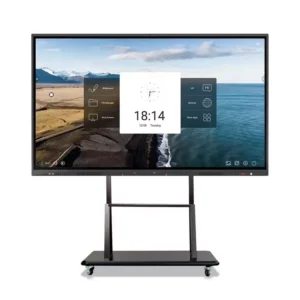

From Rs. 1,33,500 Onwards
1 Year Warranty
Pan India Shipping & Support
Life Time Product Support
Customization Available
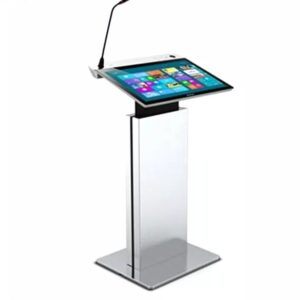

Price: Rs. 65000 – 300000/-
1 Year Warranty
Pan India Shipping & Support
Life Time Product Support
Customization Available

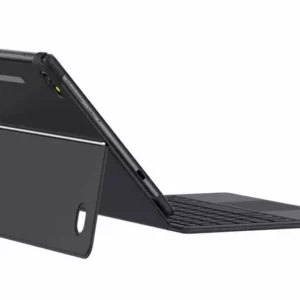
Price: Rs. 7,000 – 50,000/-
1 Year Warranty
Pan India Shipping & Support
Life Time Product Support
Customization Available
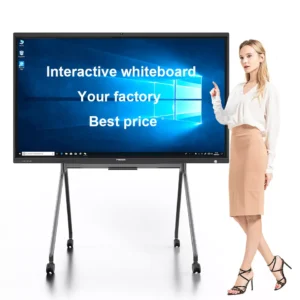
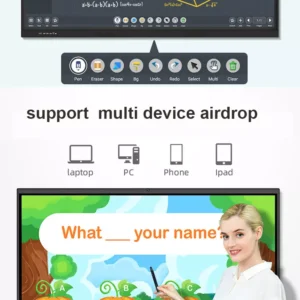
From Rs. 1,10,000 Onwards
1 Year Warranty
Pan India Shipping & Support
Life Time Product Support
Customization Available
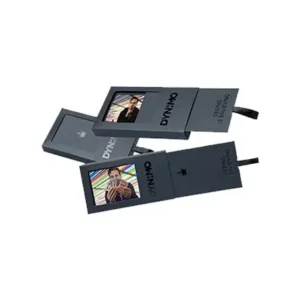
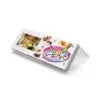
Price: Rs. 1200 – 3000/-
1 Year Warranty
Pan India Shipping & Support
Life Time Product Support
Customization Available
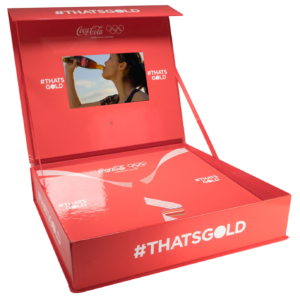

Price: Rs. 1800 – 3500/-
1 Year Warranty
Pan India Shipping & Support
Life Time Product Support
Customization Available
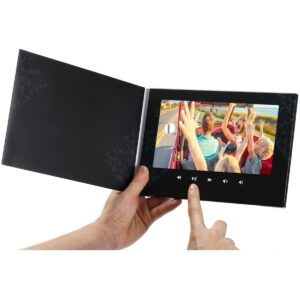
Price: Rs. 2000 – 3500/-
1 Year Warranty
Pan India Shipping & Support
Life Time Product Support
Customization Available
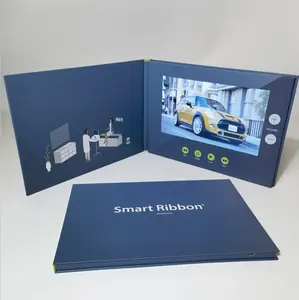
Price: Rs. 2600 – 5000/-
1 Year Warranty
Pan India Shipping & Support
Life Time Product Support
Customization Available
Welcome to ENRG! We are a rapidly growing company with prime focus on innovation, Design, Built Quality and User Experience of our products & services. Backed by our robust research and development skills, we help companies achieve their marketing and employee engagement goals.